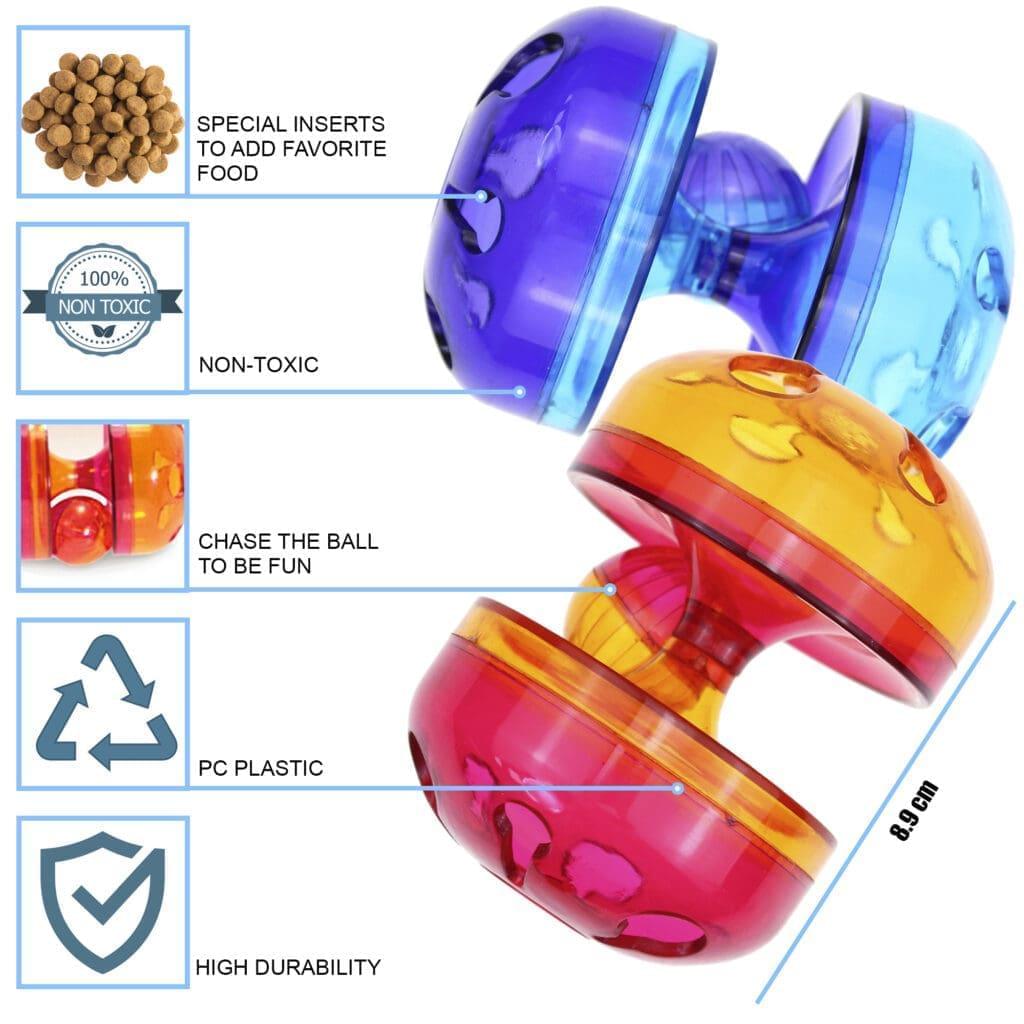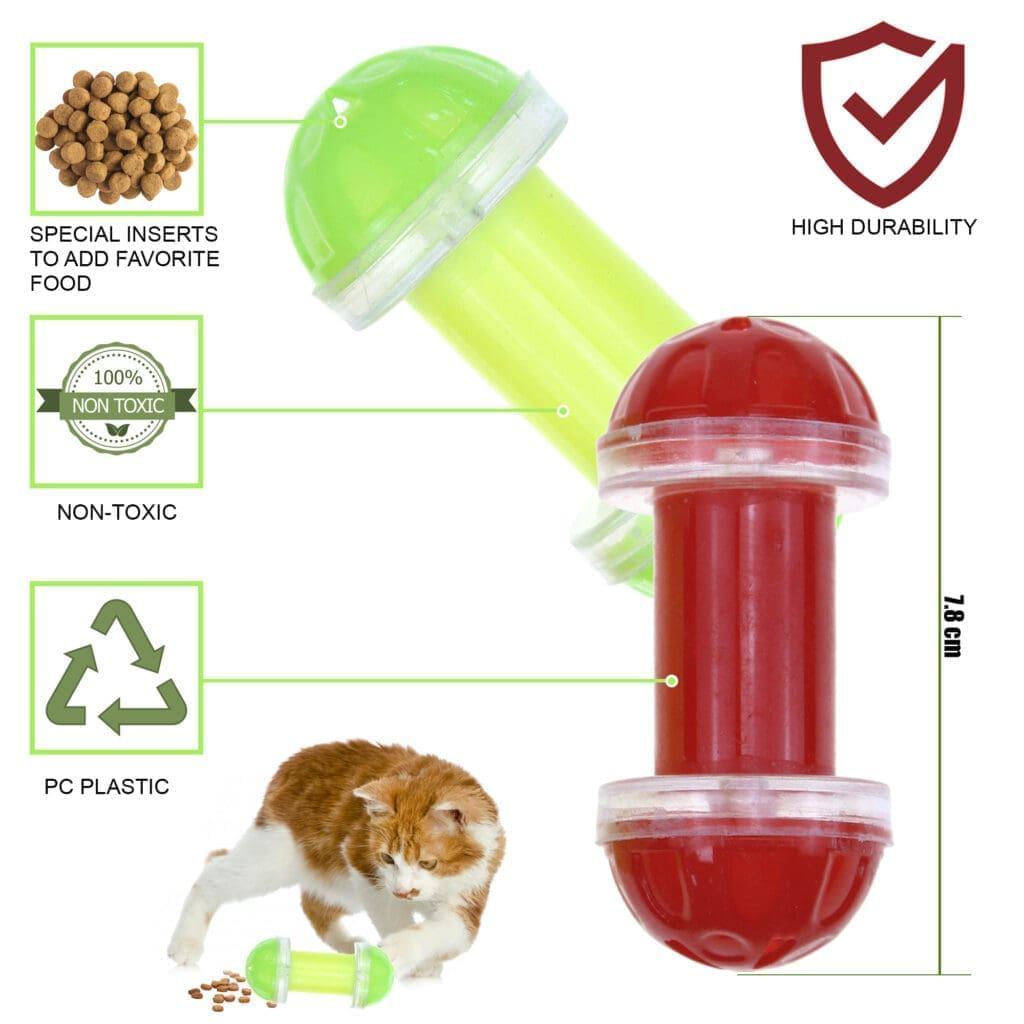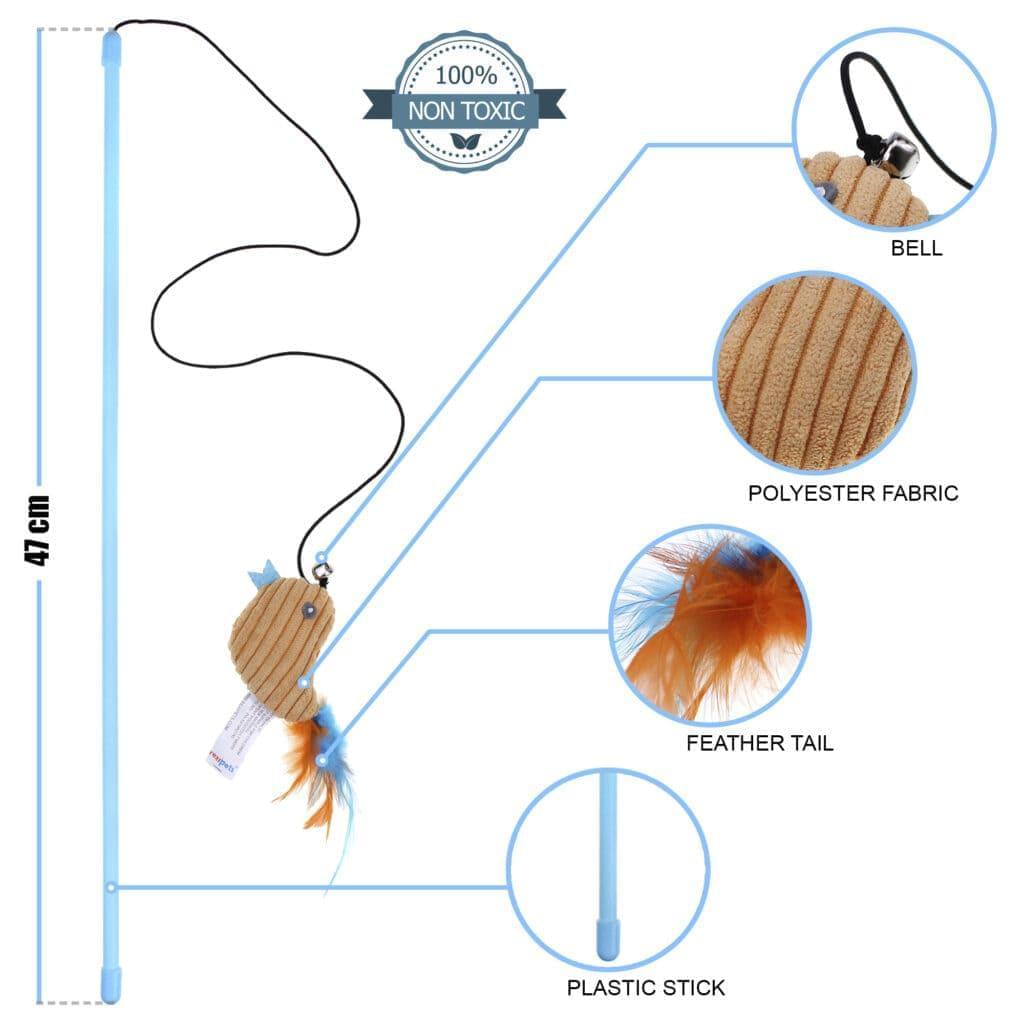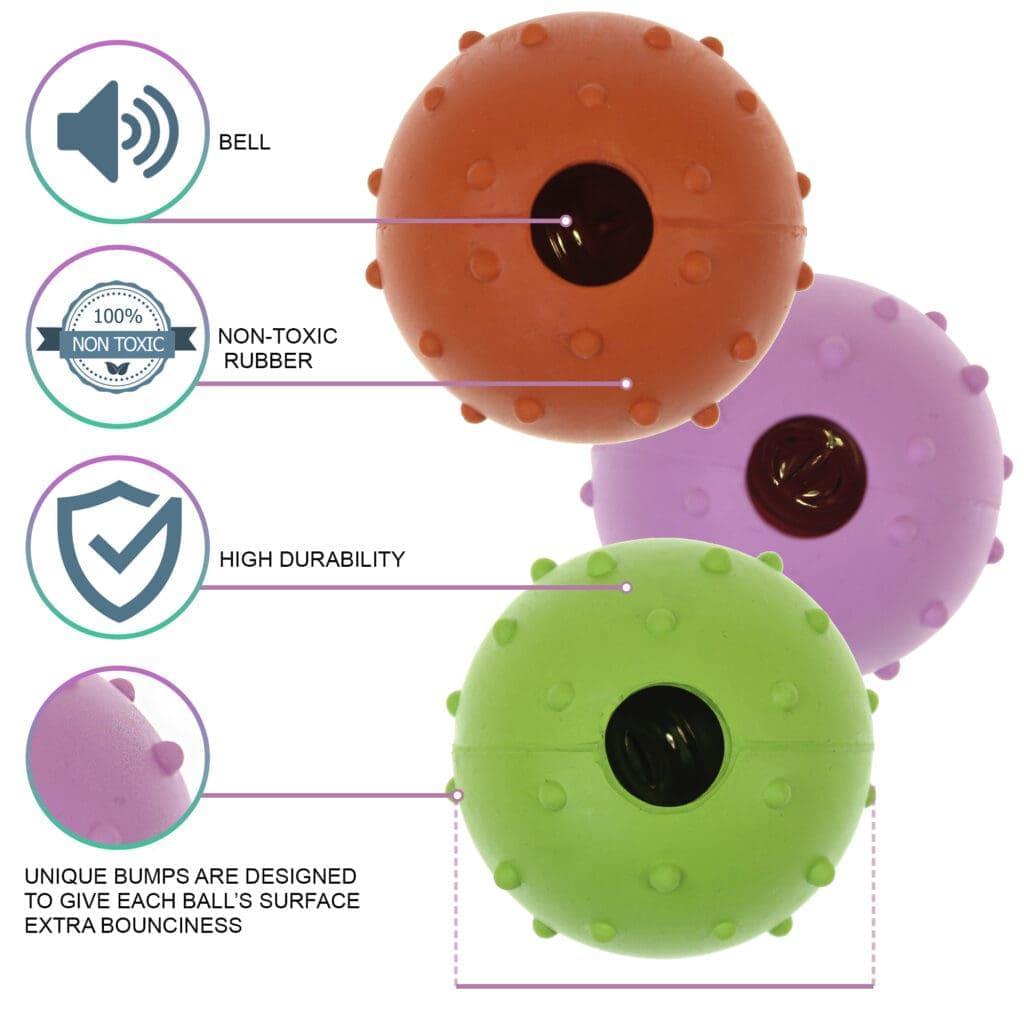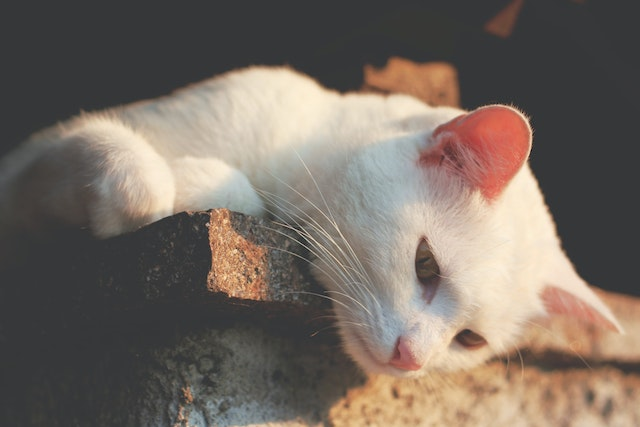
Keeping a cat requires a lot of grooming. However, one area often goes unnoticed but requires special attention: their ears.
Just like humans, cats can experience earwax buildup, debris accumulation, and even chronic ear infections. Regular ear cleaning is essential to feline healthcare, ensuring your beloved cat enjoys optimal ear health and overall well-being.
In this blog, we will walk you through the step-by-step process of cleaning your cat's ears efficiently and safely.
So let's get right to it.
Why Is It Important To Clean A Cat's Ears?
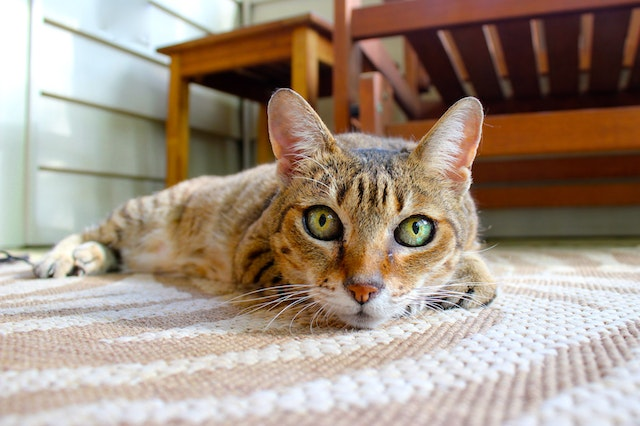
Cleaning your cat's ears is essential for a few reasons. Firstly, it helps remove excess earwax, dirt, and debris that can build up in the cat's ear canal. This buildup can cause discomfort and itching, so regular cleaning keeps your cat's ears comfortable.
Secondly, proper ear cleaning can prevent ear infections. Removing debris and maintaining good hygiene in your kitty's ears reduces the risk of bacterial or yeast infections. These infections can be quite painful and may require veterinary treatment, so regular cleaning helps keep your cat's ears healthy.
In addition to preventing infections, cleaning your cat's ears allows for early detection of potential issues. You can spot any redness, inflammation, discharge, or abnormalities by checking your cat's ears during cleaning. This early detection enables you to seek veterinary help promptly and prevent problems from worsening.
Furthermore, regular ear cleanings can be a bonding experience between you and your cat. Taking the time to gently and patiently clean your cat's ears can help build trust and strengthen your relationship. It's an opportunity for positive interactions and shows your cat that you care for their well-being.
Observing your cat's needs and consulting a veterinarian if you have any concerns or questions about its ear health is crucial. Your vet can guide you with proper cleaning techniques and recommend suitable products for your cat.
Signs of Infection or Parasites
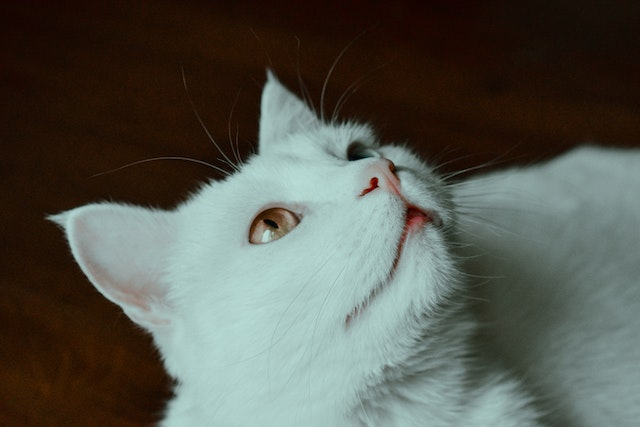
Symptoms of ear parasites (including ear mites) and infection in cats can include:
-
Head shaking
-
Keeping their ears down
-
Increased/excessive scratching
-
Redness
-
Inflammation
-
Tiny brown or black particles
-
Brown or yellow discharge
-
Foul smell
-
Dry debris
-
Pus
-
Excessive ear wax
If your cat displays any of these symptoms, it is essential to consult your veterinarian. They may recommend a medicated or prescription ear cleaner for your cat's condition. They may also assist with cleaning the ears during the appointment.
Regularly cleaning your cat's ears has multiple benefits, including getting rid of wax, debris, and bacteria and catching any other issues early on. While grooming your cat, take a moment to check their ears for anything unusual.
Watch out for signs of ear mites. They love the warm and dark environment of the ear canal. And they feed on dead skin cells. If left untreated, they can drive your cat crazy with excessive scratching and head shaking. While you can't see the mites themselves, you can spot their debris, which looks like specks of dirt.
Treating ear mites is pretty simple, especially if caught early. You can find over-the-counter treatments at pet stores or consult your vet for more severe cases. Don't wait too long to treat them; provide relief for your cat.
It could be a yeast infection if your cat's ears are itchy and have a funky smell. Yeast thrives in warm, moist areas like the ear canal and is often related to allergies or digestion problems. Some people recommend using diluted apple cider vinegar as a natural remedy, but addressing the underlying cause is crucial.
Keep an eye out for injuries too. Even small cuts or wounds can worsen if your cat keeps bothering them. Check for scrapes or irritations and use appropriate wound treatments to help them heal. Wait until the injuries are fully healed before resuming ear cleaning.
Taking care of your cat's ears and promptly addressing any issues ensures their comfort and helps prevent complications. Remember to seek veterinary advice if needed for proper guidance and care. You can also get an ear-cleaning solution from your vet in case you want to do it yourself.
What Supplies Do You Need To Clean Cat Ears?

Before we dive into explaining the process to clean your cat's ears, it's important to gather the necessary tools. Here's a handy list of items you'll want to have at your disposal:
-
Pet ear cleaner
-
Cotton pads or makeup pads
-
Towels
-
Pet wipes
Step-by-Step Guide for Ear Cleaning
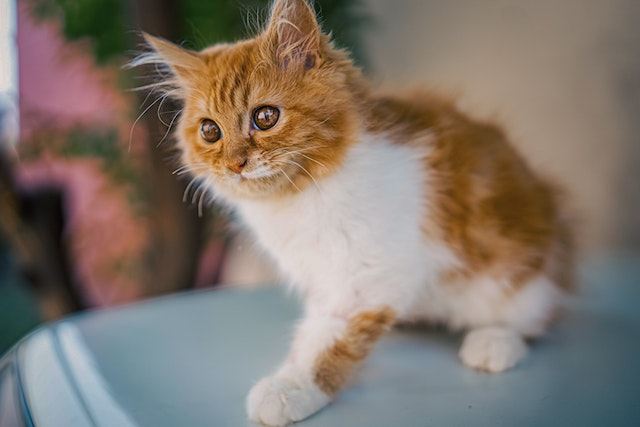
Now that you know all about the importance of ear cleaning, the things you need to look out for, and all the supplies you need, let's dive right into the step-by-step guide for ear cleaning for your furry friend.
Step 1 - Make your cat comfortable
To keep your cat calm during ear cleaning, try to put it in a comfortable position in your lap with your non-dominant hand supporting its head. You can also gently massage the ears to make sure your cat is comfortable.
Alternatively, wrap them in a towel, keeping their head out, or ask a cat-loving friend to gently hold them. These methods provide stability and security during the process.
Remember to approach ear cleaning patiently and gently, ensuring your cat's comfort. Creating a calm environment can make the experience less stressful for you and your cat. You can also use cat toys to keep your feline friend occupied.
Step 2 - Inspect
Gently lift and slightly pull back your cat's ear flaps to inspect for any foul odor, redness, or discharge that could indicate an ear infection. If you notice any concerning signs, you must halt the cleaning process and promptly contact your veterinarian to schedule an appointment.
Step 3 - Drip and massage
While holding up the ear flap, gently apply the recommended amount of ear-cleaning solution to your cat's ears.
Give the base of your cat's ear a gentle massage. Do that with your thumb and index finger. This helps to loosen any wax or debris present and, in some cases, can be an enjoyable experience for your cat.
Step 4 - Shake it off
After gently massaging your cat's ears, let go of the ear flap and allow them to shake their head a few times. This helps shake out any loosened wax or debris.
Take a cotton ball to wipe, clean, and dry your cat’s inner ear. You can easily get cotton ball squares from human pharmacies. You can also use tissue, cotton balls, or cotton makeup rounds. Just avoid using cotton swabs for cleaning your cat’s ears, as it can damage their eardrums. Cleaning a cat’s ears is simple.
Using that cotton ball, softly wipe or dab the ear's entrance to absorb any excess moisture or cleaning solution. Remember, it's important not to insert anything into the ear canal. Just focus on cleaning the visible area.
Pros and Cons of Cleaning a Cat's Ears

Here are pros and cons that you need to know when you clean your cat's ears.
PROS:
-
It helps remove earwax, debris, and dirt, reducing the risk of discomfort and blockages in the ear canal.
-
Inspecting the ears during cleaning can detect potential issues like infections, parasites, or injuries early for timely treatment.
-
Clean ears contribute to better hearing and foster a stronger bond between the cat and its owner.
-
Overall, regular ear cleaning promotes ear health, prevents complications, and enhances the cat's overall well-being.
CONS:
-
Some cats may find it uncomfortable or stressful, making the process challenging for both the cat and the person cleaning.
-
There is also a risk of causing injury if not done with care.
-
Additionally, irritation or allergic reactions to the cleaning solution or materials used is possible.
-
Overcleaning can disrupt the natural balance of bacteria and yeast in the ears.
Final Words!

To wrap things up, keeping your cat's ears clean is vital to their overall care. Following the step-by-step guide and using cat-friendly products, you can remove gunk and prevent discomfort or issues.
Regular cleaning lets you catch any problems early, like infections or creepy crawlies that can bug your furry friend. Plus, it's a great way to strengthen your bond with your cat and ensure they're hearing their best.
Remember, it's always wise to consult your vet if you're unsure about the cleaning process. So, go ahead and add ear cleaning to your cat's grooming routine and be the best cat mom/dad in the world. Getting your cat's ears cleaned is extremely important.









